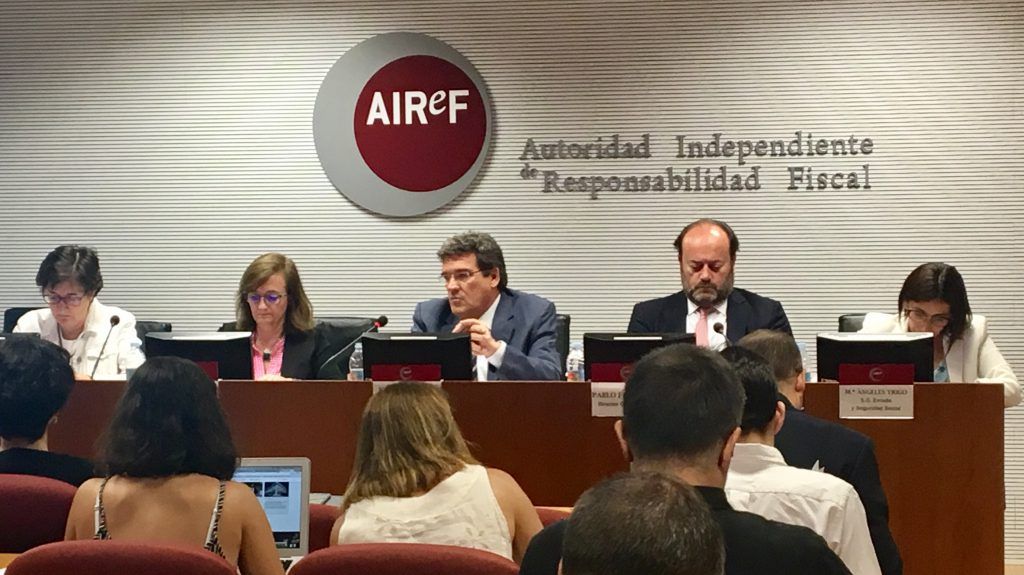
While the stability target is considered feasible for the General Government (GG), the subsectors show mixed results: The Local Governments (LGs) will meet the targets, while the Central Administration (CA) and, to a lesser extent, the Social Security Funds (SSF), present a high risk of deviation. The targets set on 2 December 2016 do not reflect the financial situation of the various subsectors or the limitation, in some cases, to implement the expenditure rule. The latter holds true despite the delay in the CA formation process, and therefore in the setting of the targets, allowed AIReF to have more information than in previous years on the 2016 year-end for each of the subsectors and the 2017 macroeconomic scenario.
Related documents:






